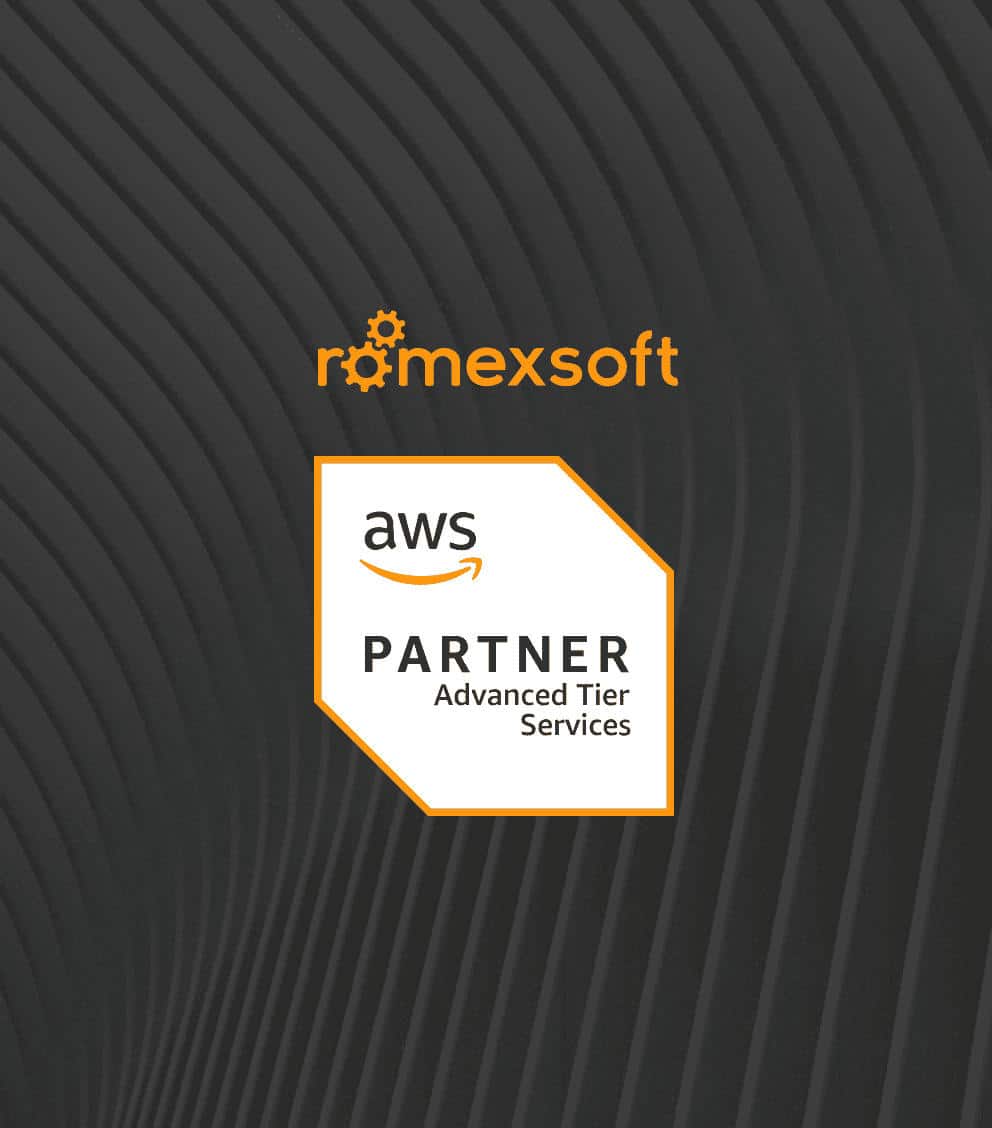How Much Does It Cost to Build a Custom Web Application?
Estimating the costs of web app development may seem like looking into a crystal ball – lots of fluff and no exact value. In this article, we are breaking down the core pricing factors, which influence the final price tag. However, it’s crucial to understand that the cost isn’t just a random number; it’s a calculated figure influenced by a myriad of factors.
In this article, you’ll read about:
- Factors that influence web app development cost
- Approaches to estimating web app development cost
- How much companies of different sizes charge for web app development

The final price of custom web application development depends on many variables: from the uniqueness of your app idea and its technical complexity to the current market demand for skilled developers.
While there’s no universal formula or fixed number, understanding what drives these costs can help you plan your budget more effectively. Your project’s scale, target audience, and technology stack all shape the total investment required.
In this article, we’ll break down how web app development costs are formed, what factors have the biggest impact in 2025, and how to approach budgeting with realistic expectations.
Factors Affecting Web App Development Cost
Before diving into the technicalities and costs associated with web app development, it’s crucial to have a clear vision and set of objectives for your project.
Project Scope and Complexity
The scope and complexity of your project have a direct impact on development cost. A simple web app with basic functionality will naturally require fewer resources than a multi-module platform with intricate user flows, role-based permissions, and third-party integrations.
Clearly defining your scope early in the process allows teams to estimate effort more accurately and avoid costly scope creep. As features and logic grow more complex, development timelines extend, testing becomes more rigorous, and maintenance overhead increases – all of which affect the bottom line.
Design Requirements
Investing in UX design is not just about making your app look good; it’s about creating an intuitive and engaging environment that keeps users coming back. A well-designed UX can reduce development time by clarifying features and functionalities early on, thus saving costs in the long run.
Moreover, a good UX design can also reduce the costs of customer acquisition, as satisfied users are more likely to recommend your app to others. It can also lower the costs of customer support, as a user-friendly interface is less likely to generate confusion and support tickets.
Security Measures
Ignoring or skimping on security measures can lead to data breaches, resulting in financial losses and a tarnished reputation. Security should be integrated into the development process and not just added at the end. A secure web app not only protects your business but also builds trust among users.
While implementing security measures may add to the initial development cost, it is a wise long-term investment. The cost of dealing with a data breach can far outweigh the cost of implementing robust security measures.
Tech Stack and Architecture
Choosing the right tech stack is more than a technical decision as it’s a cost strategy. Some frameworks and cloud architectures offer rapid development capabilities and lower maintenance, while others may demand more specialized (and expensive) expertise.
A serverless architecture, for instance, can reduce operational costs by eliminating the need to manage infrastructure manually, while offering built-in scalability and resilience. Platforms like AWS provide a mature serverless ecosystem and streamline development while keeping infrastructure overhead low. Opting for AWS can accelerate delivery, enhance performance, and ensure long-term cost efficiency, especially for applications expected to grow or serve a global audience.
Maintenance and Support
Web app development doesn’t end at launch as it’s the beginning of a continuous lifecycle. Regular maintenance ensures that your application remains secure, compatible with evolving technologies, and responsive to user feedback.
Budgeting for support and maintenance, typically 15–25% of the initial development cost per year, helps you stay ahead of bugs, performance issues, and feature enhancements. A well-maintained app not only performs better but also retains users and preserves your brand’s credibility over time.
Time to Market
Speed matters but accelerating your launch can come at a premium. Fast-tracking development often requires larger teams or longer working hours, which increases costs.
That said, getting to market quickly with a focused MVP can generate early user feedback and revenue, offsetting the initial investment. A phased rollout strategy helps control costs while still meeting critical deadlines, ensuring that speed doesn’t compromise long-term scalability or quality.
Three Key Approaches to Estimate the Cost of Web App
In general, there are three different methodologies used to predict the probable costs of web applications development.
The first approach involves sitting down together with a web app development company and creating a large list of core features your application should be capable of doing.
Functional Specification
This approach is usually used for more complex systems, where actions go beyond the traditional user input/output. Standardly, this approach is more preferable for enterprise web application development projects and assumes using the waterfall approach to development as it allows making rather accurate estimates of the required time and budgets. However, while the costs are accurate, your project gets coffined within the provided specs and becomes less adapted to possible changes.
To get really precise estimates you can use the three-point estimation technique, which implies creating three figures to represent the probable distribution required, based on your best guesses and prior experience:
- a= the best-case estimate
- m= the most likely estimate
- b= the worst-case estimate
Creating a set of user stories is the second approach to identifying how much does it cost to build a web application.
Creating a Set of User Stories
A user story is a short (one-two sentences) definition of what the end user of your app does or needs to do. Here’s an example: “As a user I want to click login into my account using email or a social media account”
You can follow the 5-W approach and base your stories around the following questions:
- Who
- When
- Where
- What
- Why
User stories are standardly paired with the agile approach to software development as it focuses on incremental and integrative development. As user stories are more vague than functional specification, the overall project becomes more flexible. Modern teams often expand user stories into epics, tasks, and story points to track velocity, while maintaining flexibility through iterative delivery and continuous feedback.
Another slightly less conventional approach to estimating the costs of web application development is to use the value based pricing approach.
Value-Based Pricing
You can define value from the two main perspectives:
- Possible ROI or the value this work will bring to your company
- Value of the resources required to creating the output
While calculating potential ROI before development begins is rarely precise, value-based pricing remains a reliable approach. Instead of predicting exact returns, it focuses on aligning investment with strategic impact, ensuring that what you spend corresponds to the outcomes you aim to achieve. It also ties cost to the effort, skills, and technology required to deliver those results, creating a fair, forward-looking model that balances business goals and execution reality. Hence, consider focusing on the second value element – the working capital.
Your goal here is to make sure you have more assets than liabilities and you employ the right capital, which won’t hinder your growth or hurt the cash flow. Your project value should be compared to the cost of hiring full-time employees to do the same job. Instead of measuring the time it takes to develop this type of application, compare it to the efforts required to hire all those web app developers and supporting personnel internally.
Here’s a sample staff break down from a custom web application development project:
- Senior UI/UX designer to map user experience journey and craft visual design
- Junior UI to provide assistance and redundancy
- Senior Front-End developer for coding and developing custom UI elements
- Senior and Middle Back-end developers to code all the functionality
- QA Engineer to test the app and validate its functionality, performance, and quality
- DevOps to establish building, testing and releasing environment
- Project Manager to keep the whole project on track
Estimating these hiring costs for each person is pretty simple – just tap into any public record or salary survey data online e.g. at Glassdoor or Payscale. First add up the salaries, next calculate all the hiring and overhead costs, which include headhunting, interviewing, onboarding and training. This should account for around additional 20%-30% from the first year salary. Compare that to outsourcing the entire project to a web application development company in another area or hiring a dedicated remote team.
So you should now have the numbers – $600,000+ per year for keeping a team of web application developers in house or paying $350k-500k to an outsourcing company. In other words, if you plan to invest $600K per year in full-time employment costs, you’ll likely add up with a negative ROI. The future value of your investment in an in-house team is equal to the accomplished project’s present value with fewer investments involved.
Compare the costs of outsourcing web application development to different regions worldwide versus keeping it on-shore. Having the respective numbers in mind, start approaching various companies. Here are prospects you are likely to encounter.
How Much a Software Development Company Will Charge You For a Custom Web App
Here’s the deal – you can predict the number in your request for proposal by identifying some common cues web application development companies tend to have in common. Selecting the right development partner depends on your project’s scale, complexity, and business goals. Below is an overview of how enterprise, mid-sized, and boutique firms differ in pricing, capabilities, and suitability.
Enterprise-Level Firms
Enterprise firms usually employ 500-1000+ professionals across departments and global offices. They work with large corporations, government agencies, and Fortune 500 clients that require strict compliance, high scalability, and guaranteed delivery.
Projects handled by enterprise vendors typically cost from $750,000 to over $5 million. Their hourly rates may cost you $200-$350+, reflecting the scale of resources, infrastructure, and senior-level expertise involved.
You should partner with an enterprise company if you need to ensure reliable delivery, strong compliance, and scalability. While the investment is significant, it’s justified for organizations managing complex, mission-critical systems where downtime or risk exposure would be costly.
Mid-Sized Companies
Mid-sized software development companies typically have 50 to 500 employees and offer a balanced combination of technical depth, agility, and affordability. They are an excellent fit for SMBs and funded startups that need robust, scalable web applications but want to avoid the high overhead of enterprise providers.
Project budgets on average have cost between $200,000 and $700,000+. Their hourly rates usually fall between $75 and $250, depending on the team’s experience and project complexity. This pricing allows clients to access full-service development without enterprise-level expense.
Mid-sized agencies are flexible in engagement models, offering both fixed-price contracts for clearly defined scopes and time-and-materials agreements for agile development. Many also provide dedicated development teams that seamlessly integrate with in-house staff for long-term collaboration.
This type of vendor is best suited for businesses looking to build or modernize scalable SaaS platforms, eCommerce solutions, or data-driven systems on cloud infrastructure such as AWS. They deliver strong ROI by balancing structure with adaptability, ensuring faster delivery and long-term scalability.
As companies of this type represent the golden middle between enterprise-level providers and small boutique studios, you may be interested in partnering with Romexsoft. We are a custom web app development company capable of building high-load, enterprise-scale applications as well.
Small Development Firms
They are also called Boutique agencies and are typically composed of 2-50 specialists who provide hands-on collaboration and deep expertise in specific technologies. Their small size enables fast decision-making and direct access to senior engineers, making them ideal for smaller or time-sensitive projects.
Such firms usually charge between $50 and $175 per hour, with project budgets ranging from $20,000 to $100,000+. The average cost of a custom web app built by a boutique shop is around $50,000 – $350,000+, depending on features and integrations. Most work is completed under fixed-price contracts for short-term, well-defined projects, with hourly retainers available for ongoing maintenance and support.
You should consider partnering with a boutique firm when building an MVP, prototype, or specialized feature set that requires focused attention and a lean delivery model. They’re particularly valuable for startups or local businesses.
To wrap it up, here are the rough estimates of what you can expect in each case in terms of final costs:
Small Firms | Mid-Sized Agencies | Enterprise-Level | |
Average Project Cost | $50K – $350K+ | $200K-$700K+ | $1M+ |
Project Cost Ranges | $20,000 – $100,000+ | $50,000 – $1M+ | $750,000 – $1M+ |
Hourly Rates | $50 – $175 | $75 – $250 | $200-$350+ |
Web Application Development Cost FAQ
Many people focus on the upfront costs of design, development, and deployment but overlook ongoing expenses. These can include server costs, third-party services, and API usage fees. Additionally, budget for periodic updates, security audits, and potential scalability needs.
Long-term success goes beyond just launching the app. It involves continuous monitoring, user feedback collection, and regular updates. Implement analytics to track user behavior and make data-driven decisions. Also, consider a maintenance contract with your development team for ongoing support.
One common mistake is prioritizing cost over quality. While budget is important, low-cost solutions often lead to poor quality and more expenses in the long run. Also, avoid agencies that don't have a proven track record or clear communication channels. Make sure to check reviews and ask for case studies or references.
The technology stack not only affects the development process but also has long-term implications. For instance, some technologies are better suited for scalability, while others offer more robust security features. The choice of technology can also impact the talent pool available for future updates and maintenance.





